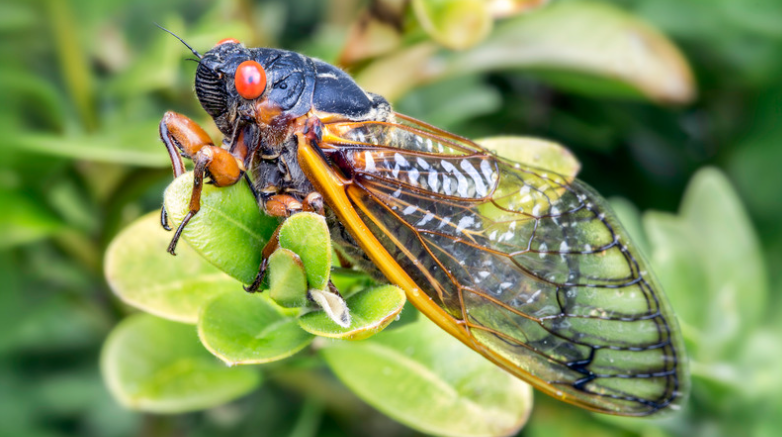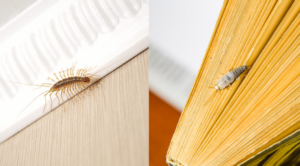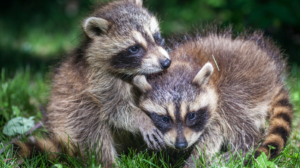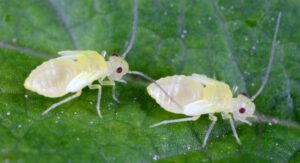Over the years, pests and insects can escape from their predators. The predators may be mammals, enemies of the species, or it might be humans too. These pests have seen various disasters with humans, and they get used to living in this world for thousands of years. It is only easy to find a pest infestation if you have seen them, and many pests look the same and change their appearance to escape. Many people need clarification about differentiating them, and here we will discuss the 5 Pests that Changes Looks to escape from predators.
Pests that Change Looks
Camouflage – Color Similarities
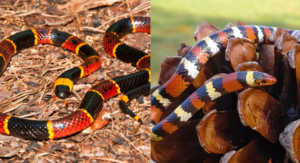
Many insect species have distinct colours, which they use as a type of “camouflage” to avoid being eaten by other animals. Usually, one insect species will have a colour pattern indicating that it is poisonous. In contrast, another species may adopt a similar pattern to fool predators and stay safe.
The Coral Snake and Scarlet King Snake are the most famous examples of colour variation. The Scarlet King Snake is harmless; however, the Coral Snake is extremely venomous and deadly; the distinction between the two is slight and difficult to tell. Both the Coral Snake and the Scarlet King Snake have a pattern of black, red, and yellow that repeats; however, the Scarlet King Snake’s red hits its black but the Coral Snake’s red touches yellow.
It is important to remember the color pattern to distinguish them because the Scarlet King Snake is so venomous its bite will lead to death if left untreated within a particular time.
Pest Look-alikes
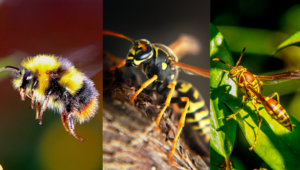
Pests can also hide from view by evolving to resemble other species without biological connection. For example, the distinction between bumblebees, wasps and hornets is among the most frequent insect confusions. So, how will you differentiate when they all have identical hues and appear identical?
Note the below-listed appearances and differences of these pests. This will help you identify the type of pest you are dealing with.
- Bumblebees are fuzzy and spherical; they are the smallest of three that can grow up to ¼ inch long. They also have a yellow-black colour scheme. They have no desire to hurt you physically and are mostly safe because they die after they sting you.
- Wasps do not have “fur” and are narrower; they are ¼ inch bigger than bumblebees and are either black with white, red, or orange markings. They are hostile and will attack if they perceive a threat.
- The largest and most dangerous of the three are hornets, which will sting until they are satisfied. They also have a broader appearance and are either yellow or orange in hue.
Change in Appearance
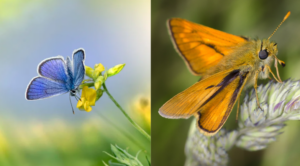
Certain insects undergo various stages of metamorphosis as they grow older and change their appearance. The cicada’s appearance changes the most as it gets older. It is a grain of rice that is clear when still inside its egg. After it hatches, the creature is known as a “nymph” that resembles a subterranean termite or a little white ant.
The common butterfly or cloth moth is another insect that can alter appearance! When they first emerge from their pupa shell, they resemble a typical worm (the “larvae” stage), but it soon becomes clear whether they are butterflies or moths.
Conclusion
The above listed are the most common pests that can be confused. Differentiating pests is more important while dealing with them; knowing the type of pests is necessary to get rid of them. If you do not have any idea, hire a professional pest control service.


